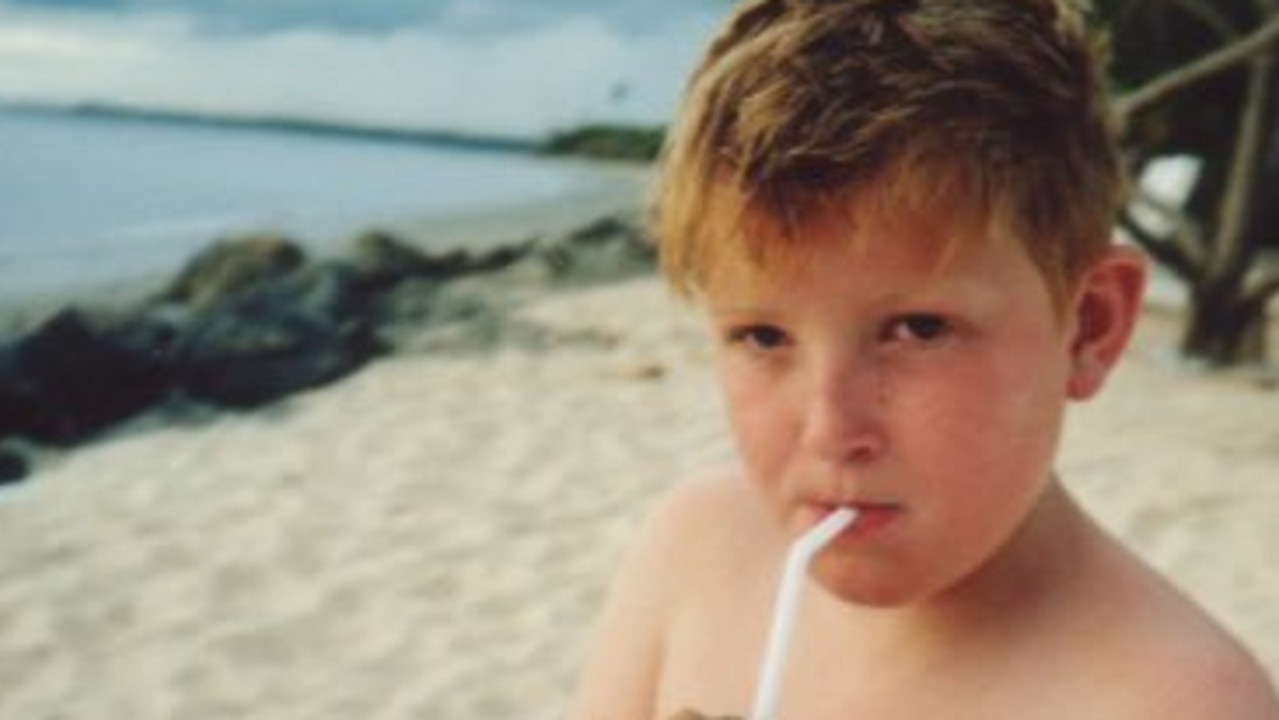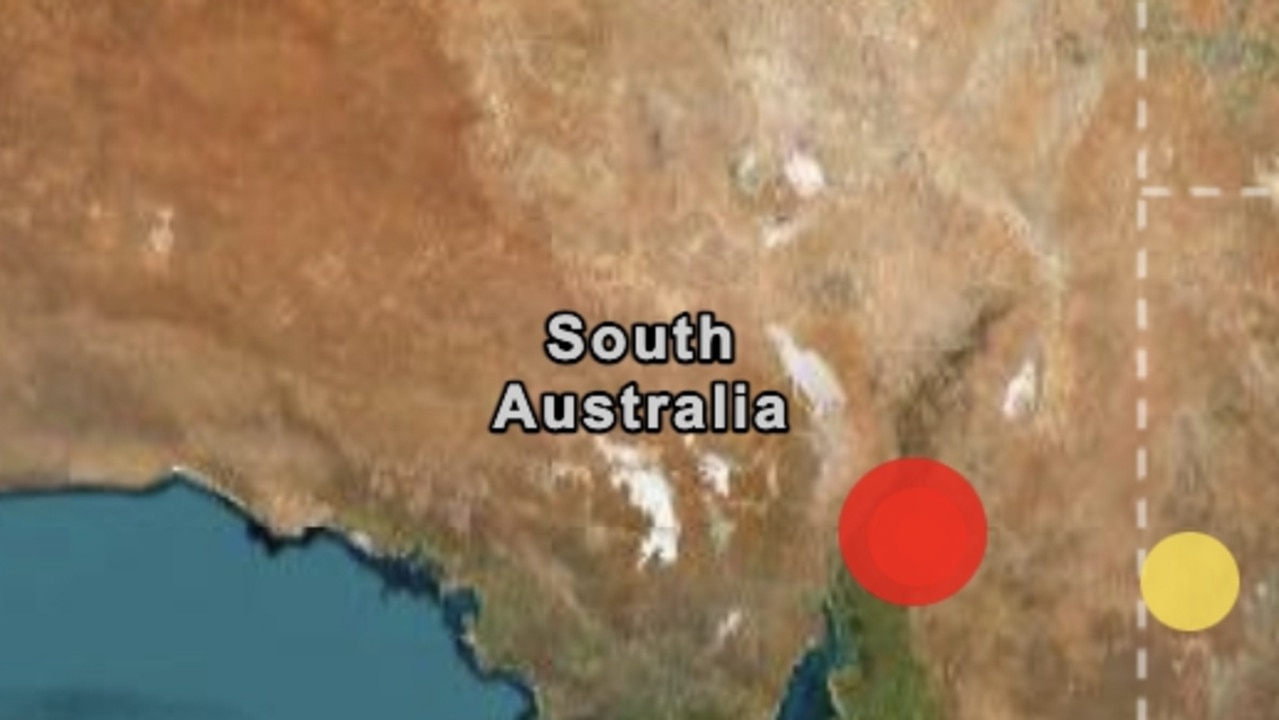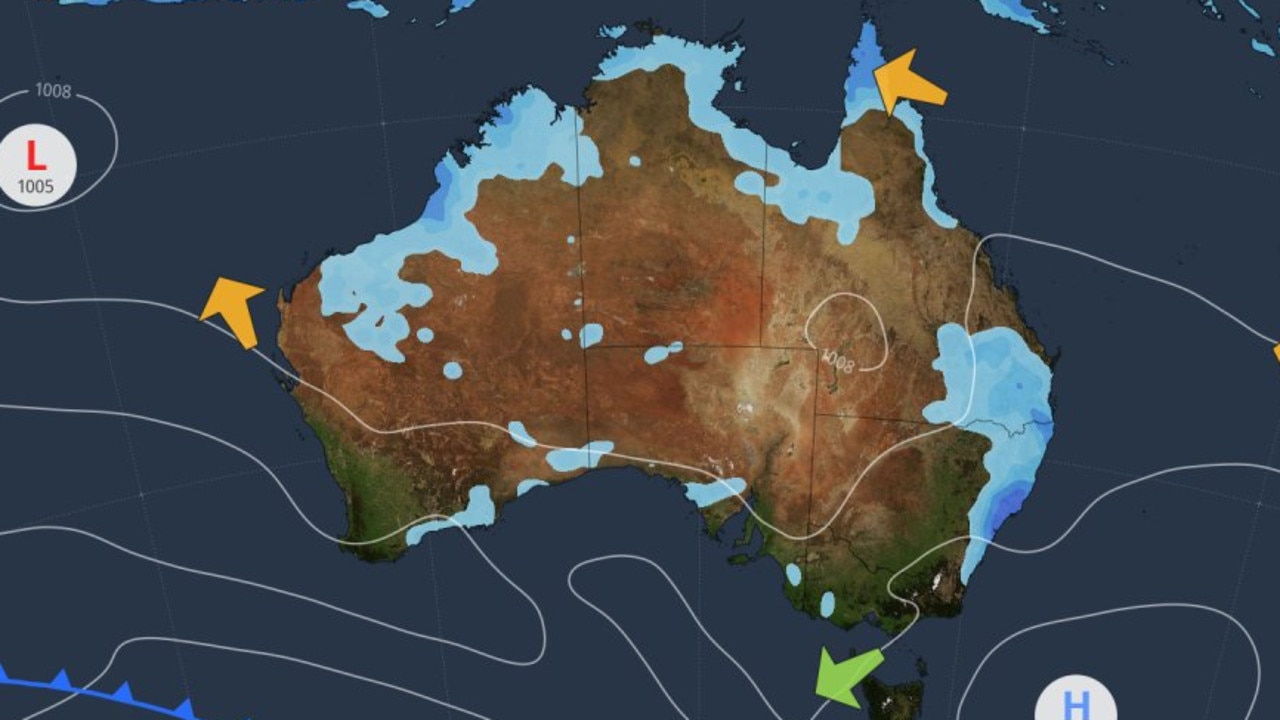South Australia urged to begin culling koalas, fur seals and other native animals without delay
Koalas and other native animals need to be killed to control populations despite community horror, a parliamentary inquiry heard.
A parliamentary inquiry has been told koalas and other native animals should be culled or increasing numbers could risk Australian biodiversity.
The Natural Resources Committee (NRC) yesterday told a South Australian Parliamentary Inquiry that koalas, corellas, fur seals and other native animals were reaching unmanageable levels across the state and needed to be culled, poisoned and euthanised, according to Adelaide Now.
Long-nosed fur seals were also discussed, as a group of the animals living around a fishery were “causing aggravation”. Native corella birds, recently the target of suspected mass poisonings in the state, were also discussed throughout the inquiry.
The findings, delivered by the NRC, urged the Government to move ahead with its recommendations, which included to begin culling koalas on Kangaroo Island.
The recommendations come despite an acceptance that members of the public would likely be sickened by the idea of killing koalas.
“Some community stakeholders find the concept of culling an abhorrent approach in managing overabundant species,” the report acknowledged.
Koalas were introduced to Kangaroo Island in 1920 as part of a plan to stop the endangered species from becoming extinct on the Australian mainland. The marsupial population flourished, growing to about 27,000 koalas now on the island. Different land management techniques have been introduced throughout the years to control the numbers.
According to the NRC’s website, the current management plan includes catch and release programs where koalas are sterilised, and revegetation plans involving the planting of manna gums, which the koalas eat.
Culling koalas is illegal, according to both the National Koala Conservation and Management Strategy 2009—2014 and the SA Koala Conservation and Management Strategy 2016.
A koala cull has previously been suggested for Kangaroo Island, but the idea was dumped after it created community uproar. Koalas are listed as a vulnerable species by the International Union for the Conservation of Nature.
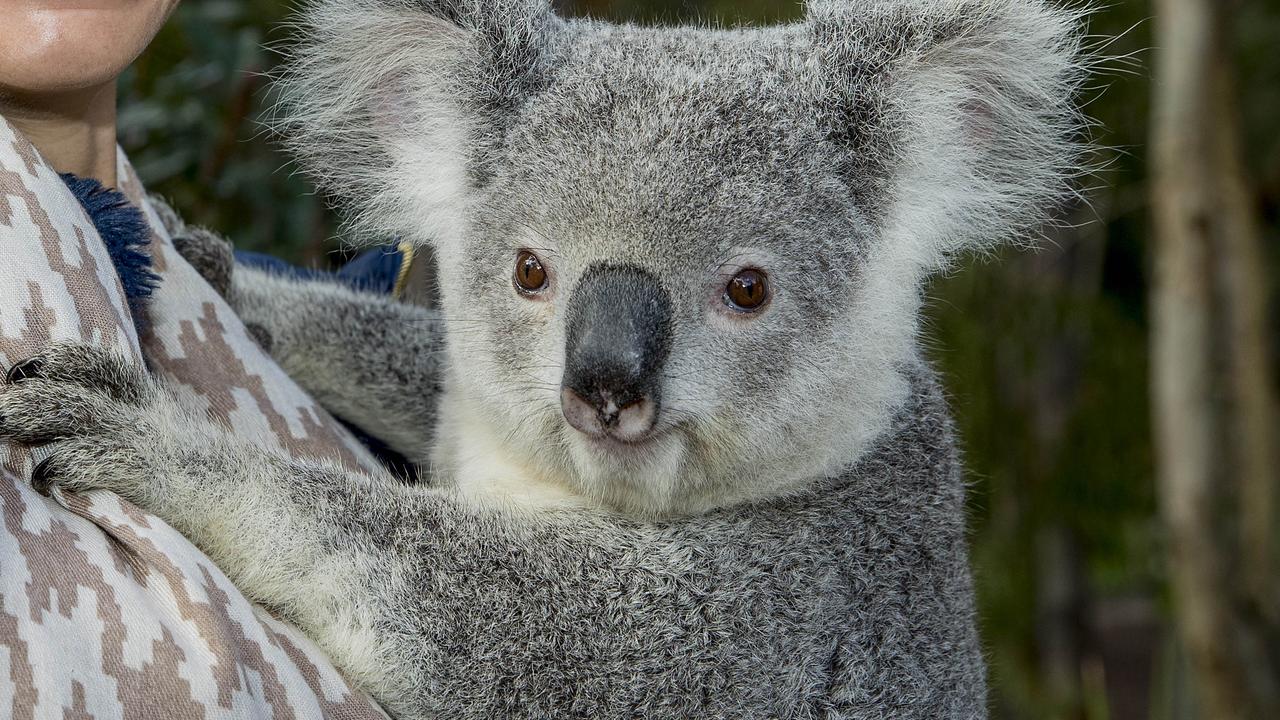
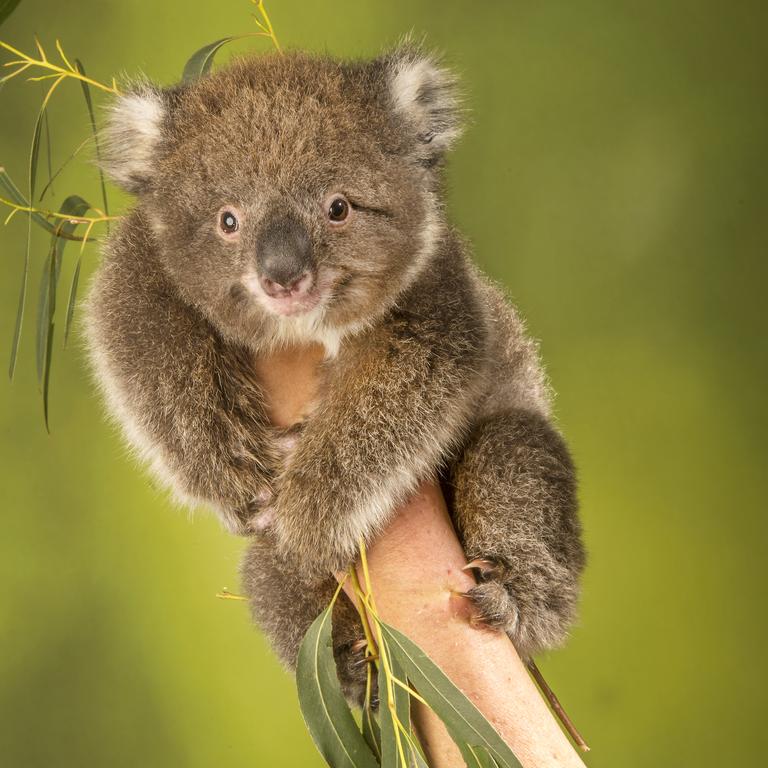
The NRC recommended the state’s Environment Minister assume the power to declare certain species as overabundant, and called for the minister to consider issuing such declarations in regard to the western grey kangaroo, little corellas, long-nosed fur seals and koalas in parts of the state.
The NRC recommended to the inquiry that the state be given the powers to kill the native animals, with the jurisdiction to cull handed out to local councils.
“Unless we act to manage the problem by culling abundant animals, there will not be a lot of other biodiversity in the state,” the NRC told the inquiry.
The committee heard there was a genuine reluctance to communicate with the public about culling, and recommended educating the community about land and animal management.
The NRC’s presiding member, Josh Teague, said the action to manage abundant species must be government-led and managed by local stakeholders.
“Some community stakeholders find the concept of culling an abhorrent approach in managing overabundant species,” Mr Teague said.
But the inquiry was also told culling was a short-term approach to population management and might only be appropriate with some species.
In relation to kangaroos, the committee took evidence of a need to cut by half the number in the Mount Lofty Ranges.


Little corellas were also targeted in the inquiry, as the species “has become so prolific that isolated management actions are ineffective”.
The inquiry also heard about the rising population of long-nosed fur seals, who live in an area near the Coorong fishery.
Experts said culling the seals alone would do little to control the population.
The Southern Fishermen’s Association said the introduction of culling would need to be supplemented with other programs to deter seals.
In the report to parliament, Mr Teague said the committee heard evidence there was presently an abundant animal problem causing an imminent threat to South Australia’s biodiversity.
“The overabundance of several species was caused by changes to the landscape, including by the clearing of native vegetation,” he said.
With AAP


